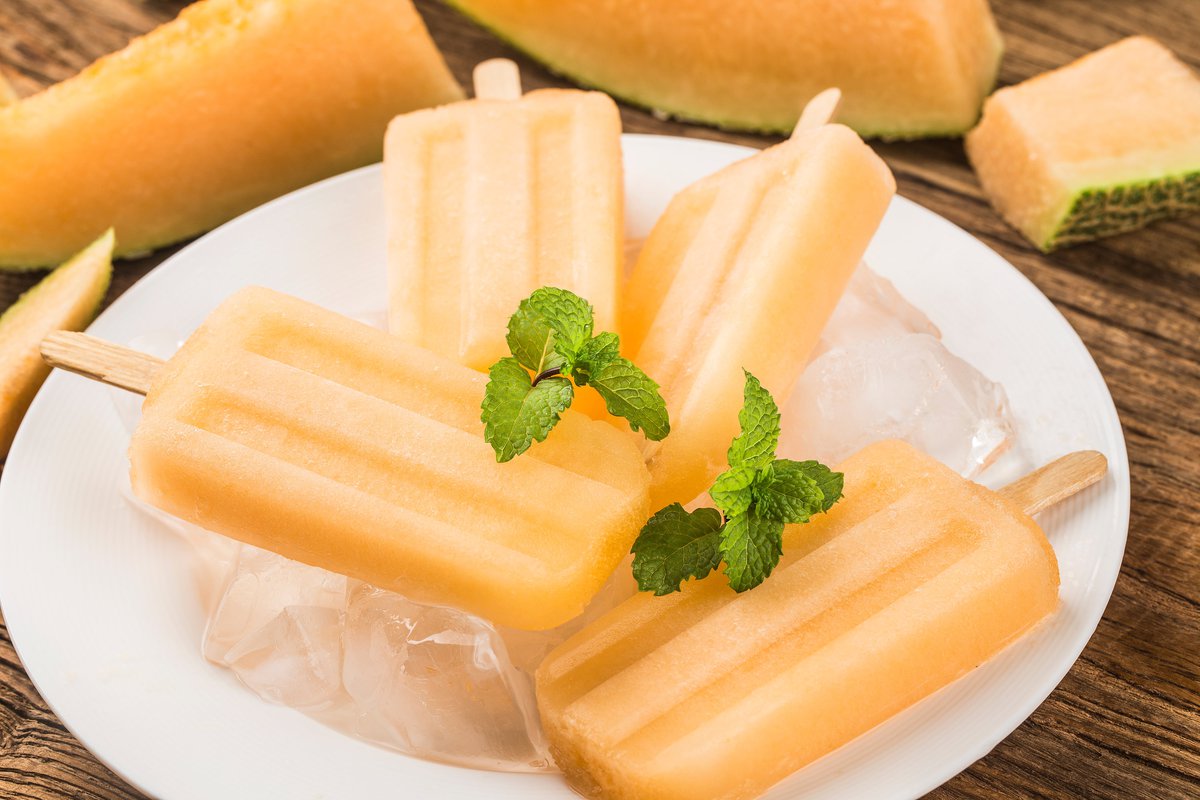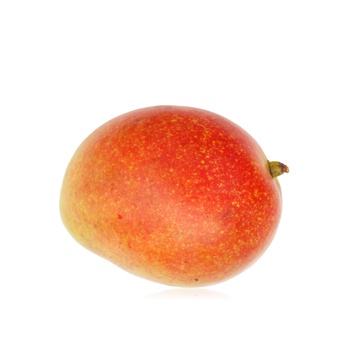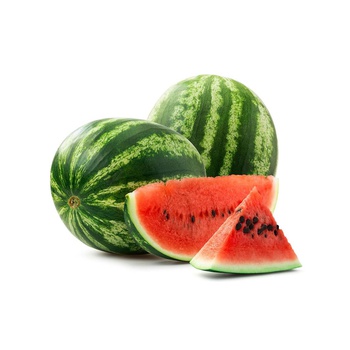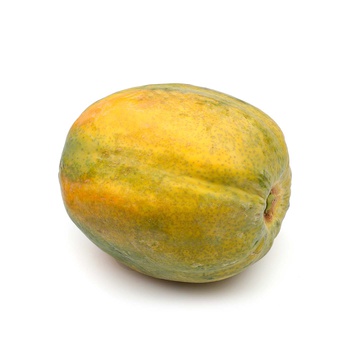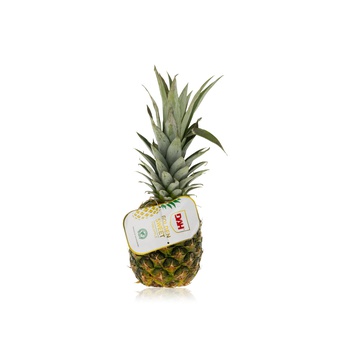Thanks to speedy distribution and agricultural trickery, we’re able to enjoy the taste of any fruit or vegetable year-round. But sometimes, it feels good to eat according to the season. In summer your body needs hydrating foods that will help you stay cool. If you’re wondering what fruits should be in your basket this month, let us help.
Watermelon
Native to Africa, this sweet and juicy fruit with its mottled or striped exterior and bright pink interior is high in water content and low in calories. The easiest way to have your share is to cut it in to wedges or scoop it with a melon baller, but don’t forget the fruit can be a delicious addition to salads or made into sorbets and salsas. Watermelons are commonly used for fruit carving in countries such as Thailand, Japan and China where artists spend hours turning the fruit into edible arrangements and pieces of art.
Top tip: To make watermelon bowls, slice the fruit in half, carve V-shaped notches around the top and scoop out the flesh. These show-stopping pieces can be filled with a fruit salad or can be used to serve watermelon-based beverages – just don’t forget the straws.
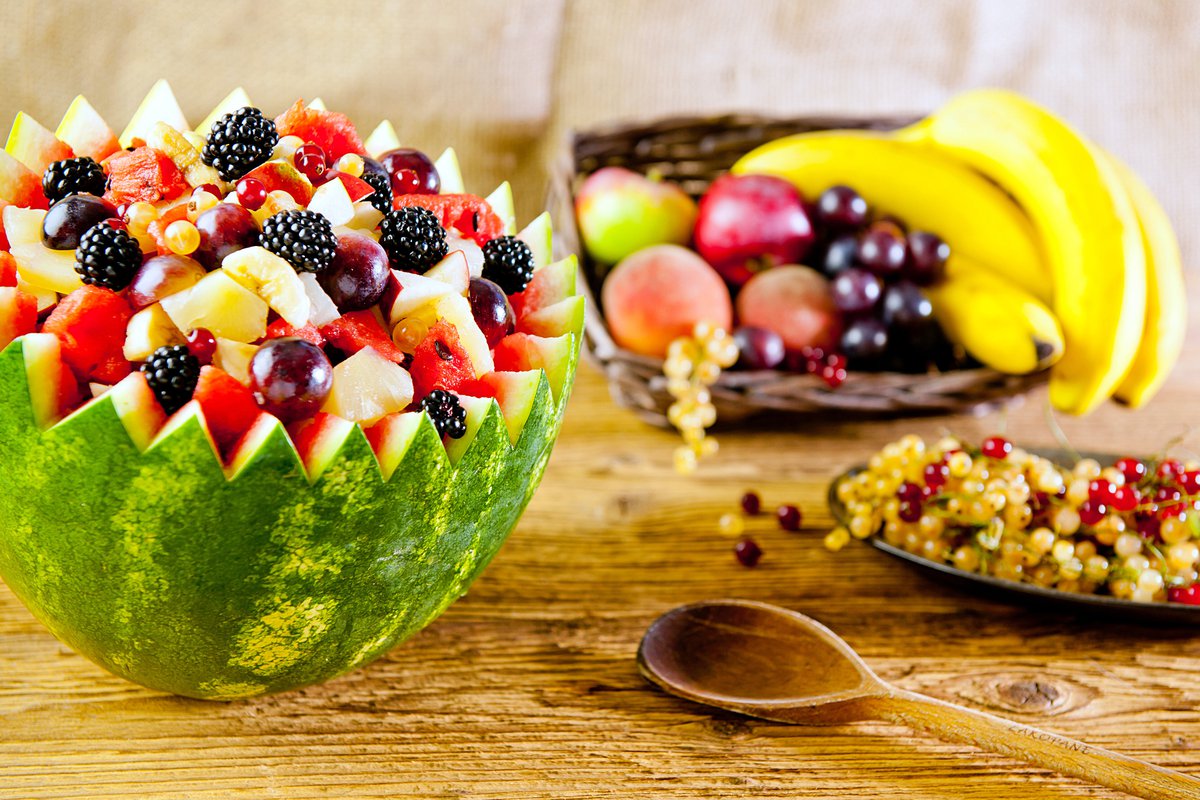
Mango
Labelled the King of Fruits in South Asia, the mango is the national fruit of India, Philippines and Haiti. In Mexico, mangoes are served on a stick and carved to resemble flowers, while in Thailand it’s served with glutinous rice and coconut milk as dessert. Children, meanwhile, love it when the flesh of half a mango is cut in a lattice pattern, pushed outwards and turned into a fruit hedgehog. Alternatively, mangoes pair nicely with chicken in summer salads and can of course be used in smoothies, milkshakes and the cooling Indian yoghurt beverage lassi. The quickest way to make a glass of the latter is to blend cubed mangoes with yoghurt and a pinch of cardamom powder.
Top tip: For an added punch when snacking, season mangoes with salt, chilli powder or lime juice.
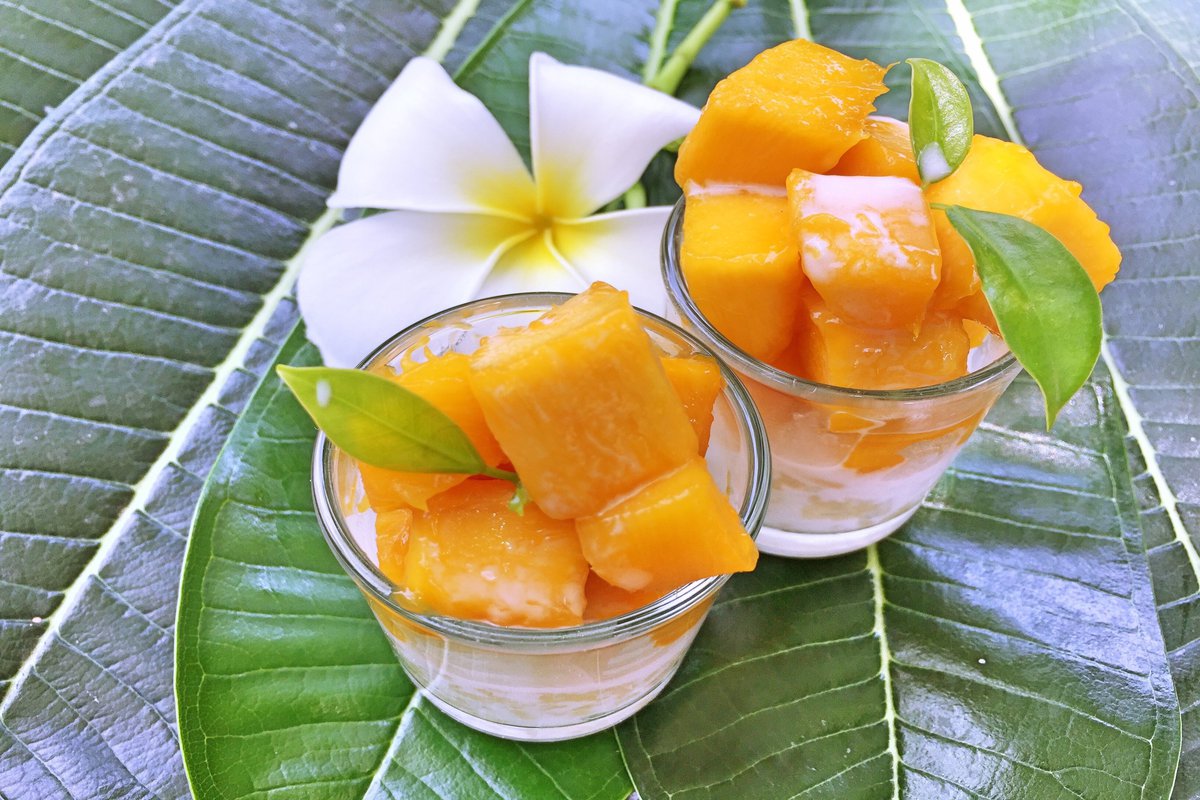
Papaya
Cultivated in most tropical countries, papaya can help boost immunity, improve digestion and prevent signs of ageing. But how do you pick the right one? Avoid papayas that are very soft or those that have blemishes; instead choose firm fruits with a golden-yellow hue. You’ll know the papaya is ripe and ready to eat once the skin turns bright yellow.
Top tip: Raw papaya can be used to tenderise meat. Peel the skin, slice the fruit, scoop out the seeds and puree it. Massage the meat with this paste and set aside for three to four hours.
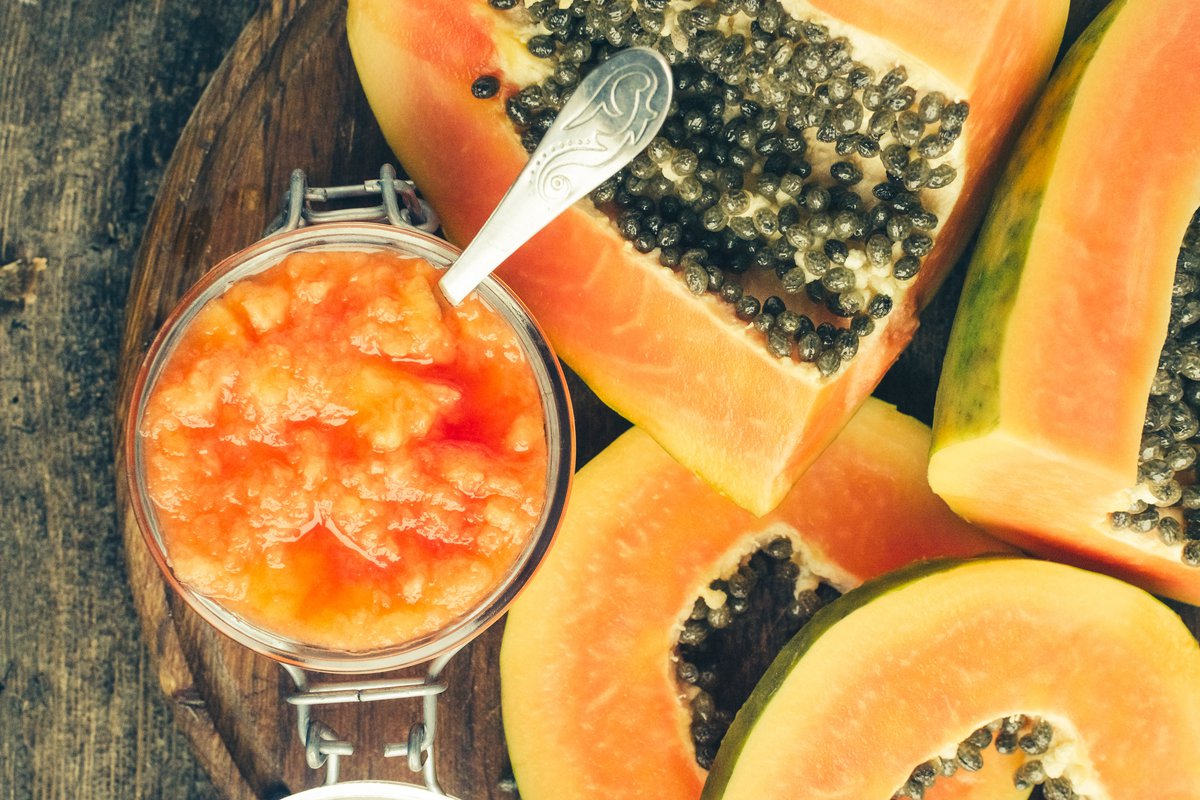
Sweet melon
Known by various different names including rockmelon, cantaloupe and muskmelon, sweet melons are high in water content, vitamin C and beta carotene, an antioxidant-rich pigment that gives the fruit its colour. One of the most versatile fruits, melon not only refreshes when served on its own, but also works well with many other ingredients. While cantaloupes and cured meats are made for each other, the fruit can top a crostini with blue cheese and basil, or team up with mozzarella and a drizzle of balsamic vinegar on a skewer.
Top tip: Cool off with melon pops this summer. Blend cubed pieces of the fruit with sugar, lemon zest and juice until smooth and creamy. Pour the mixture into ice pop molds and insert wooden sticks. Freeze until firm.
